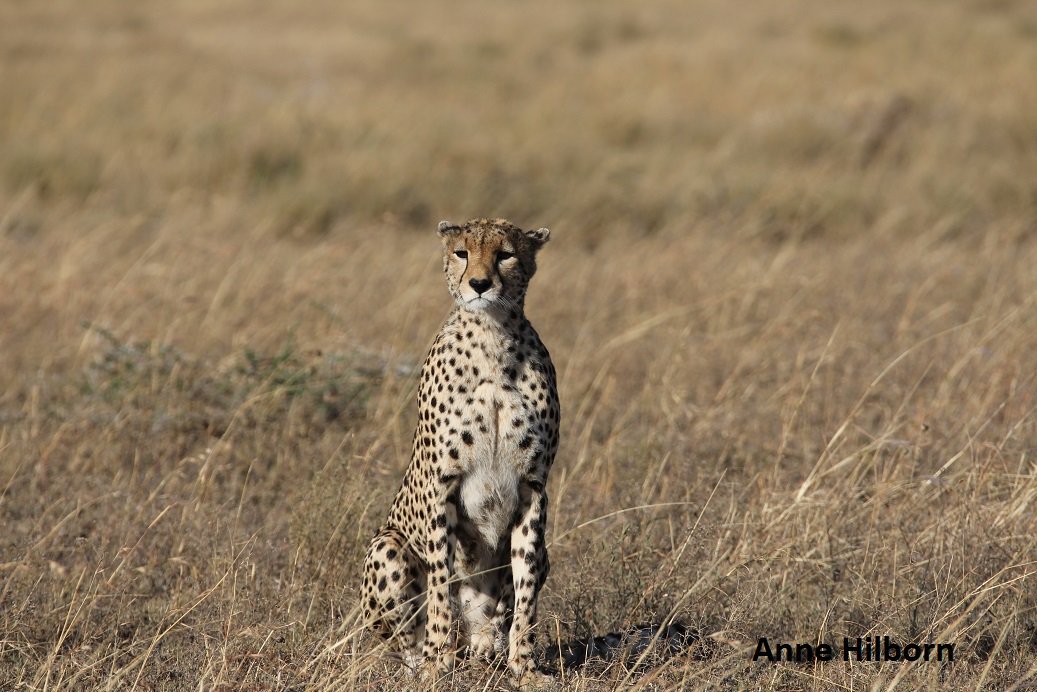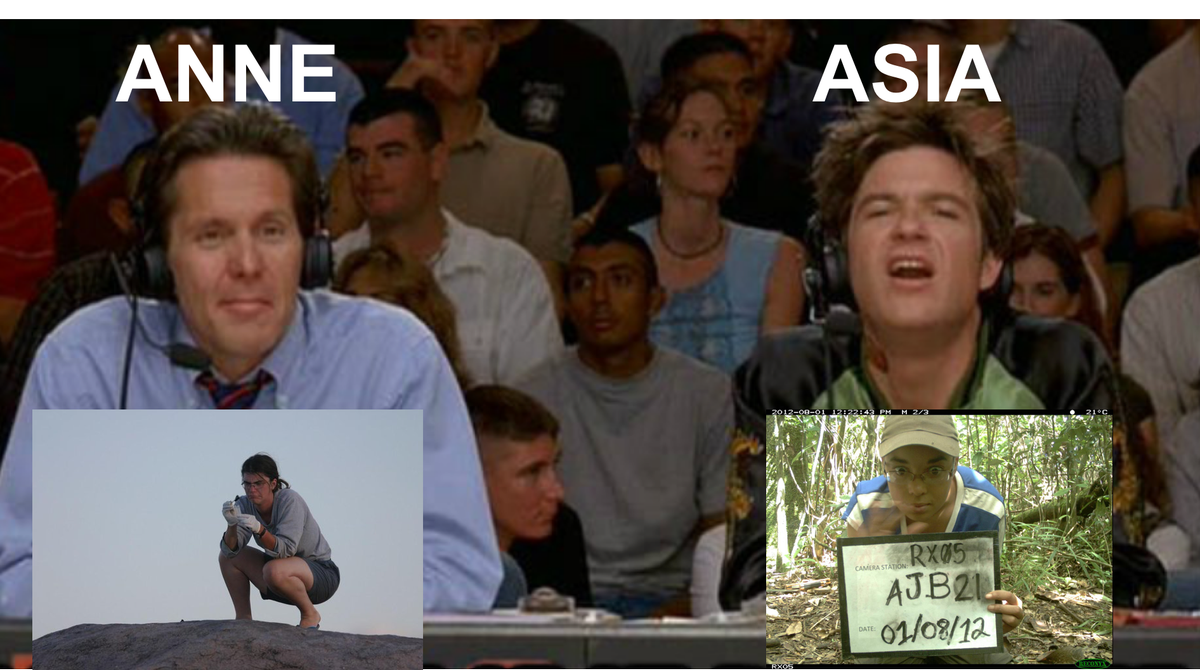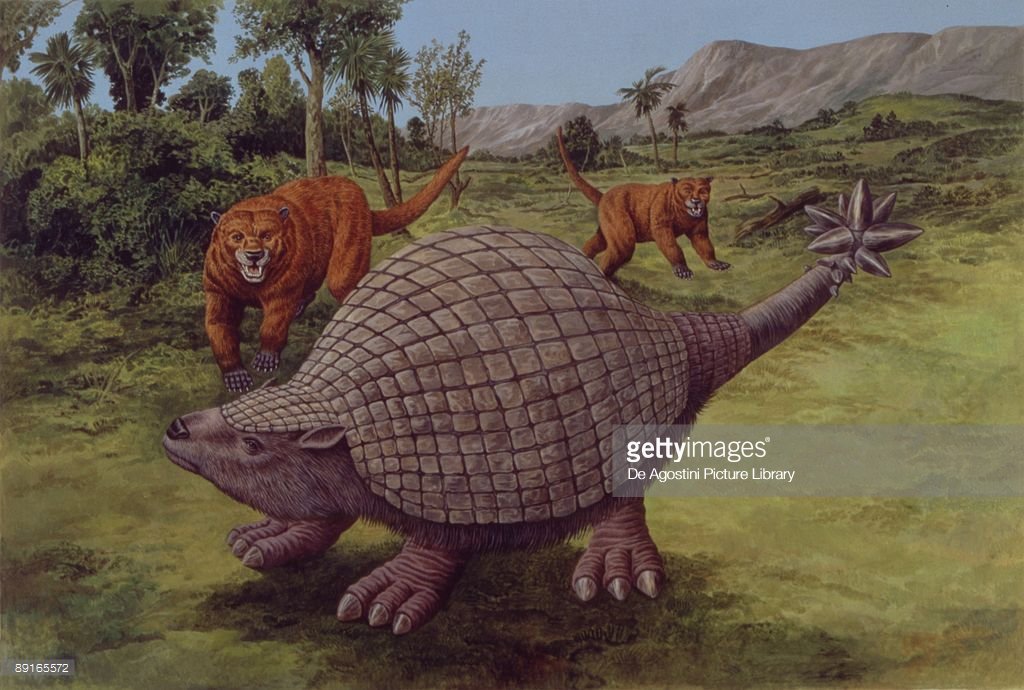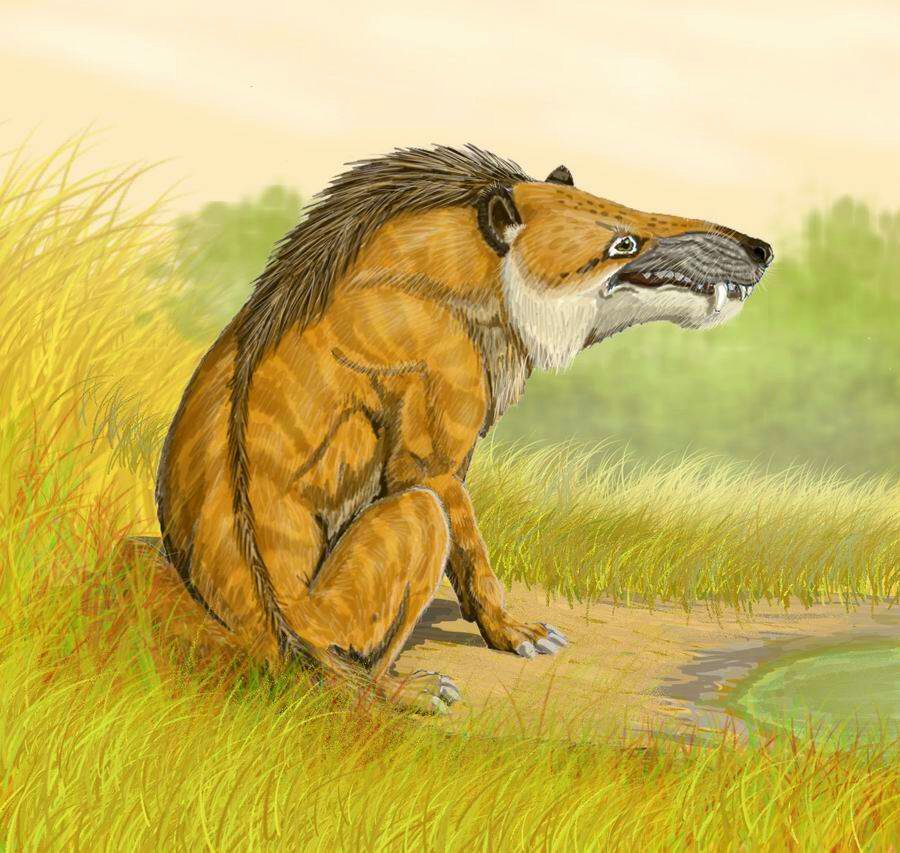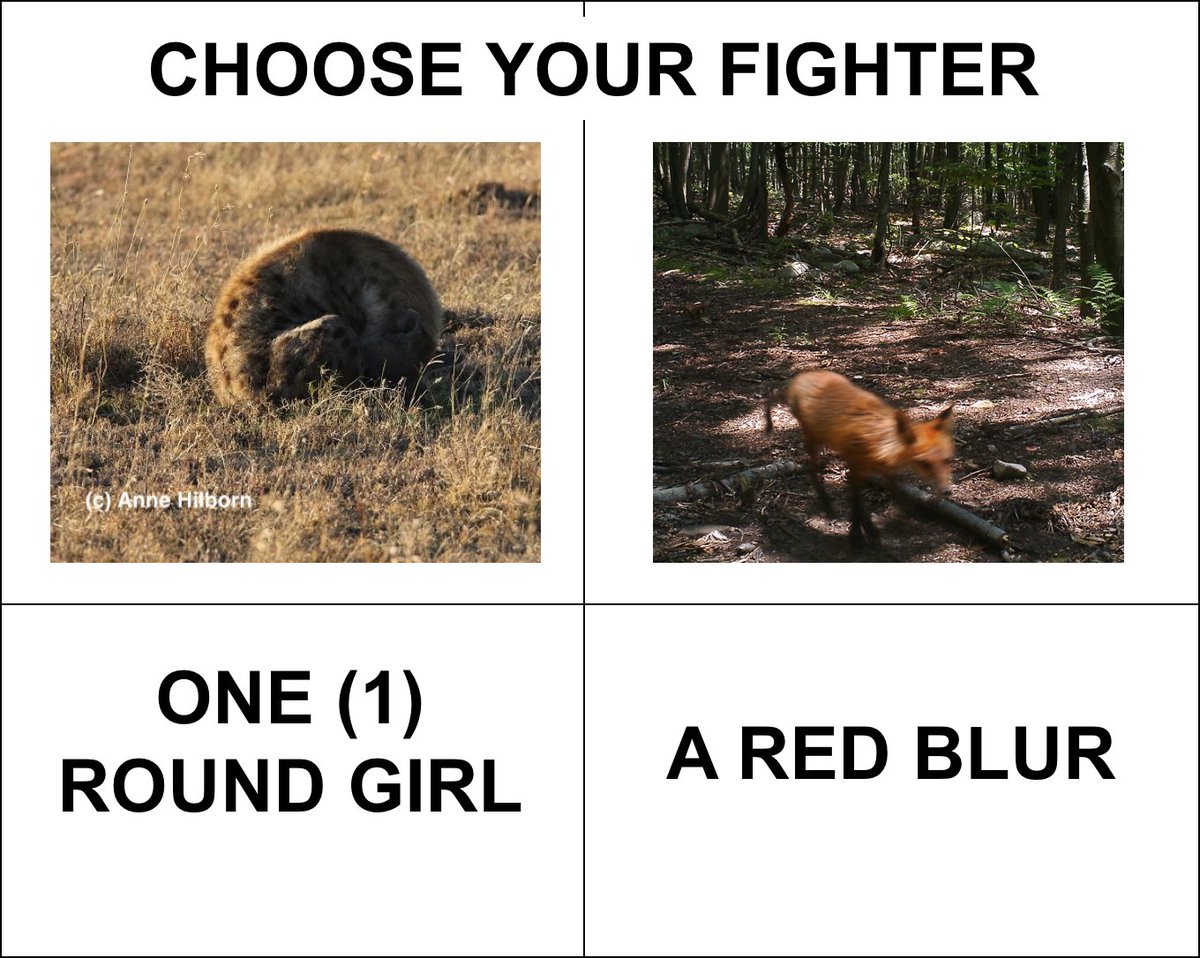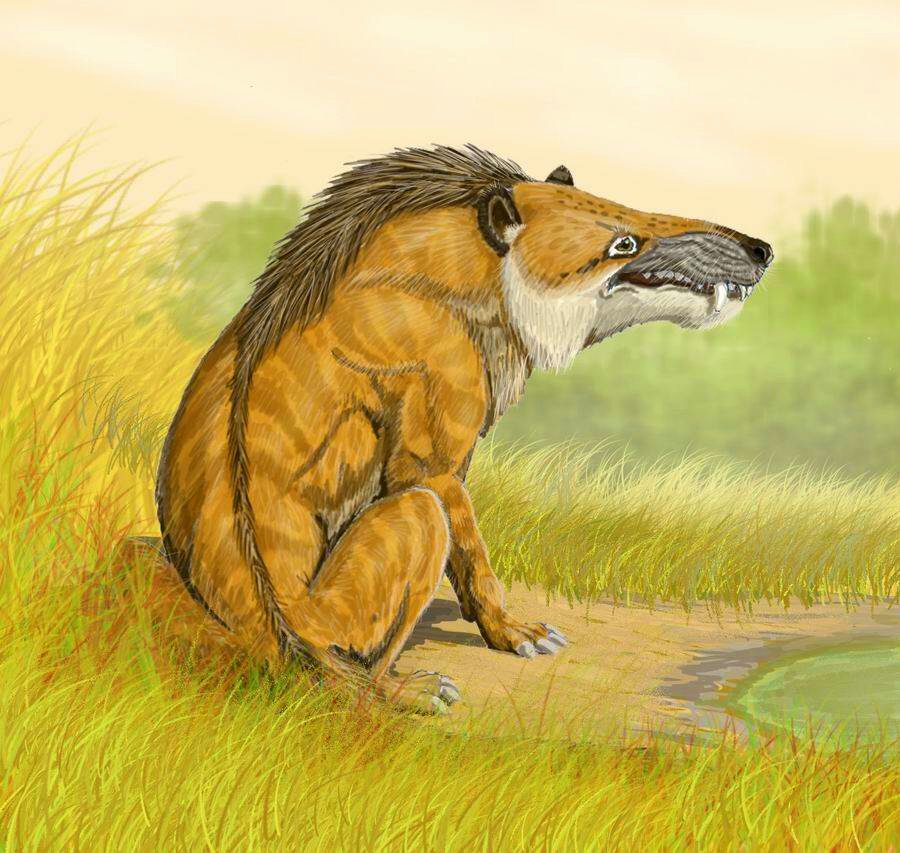NEXT UP: #4 seed Andrewsarchus mongoliensis vs #5 seed Thylacoleo carnifex! #2018MMM
To get here, Andrewsarchus taste-tested Nuralagus rex & the giant short-faced kangaroo blundered against our marsupial lion from down under, Thylacoleo! (AM: Bogdanov 2006; TC: Roman Yevseyev romanyevseyev.deviantart.com) #2018MMM 

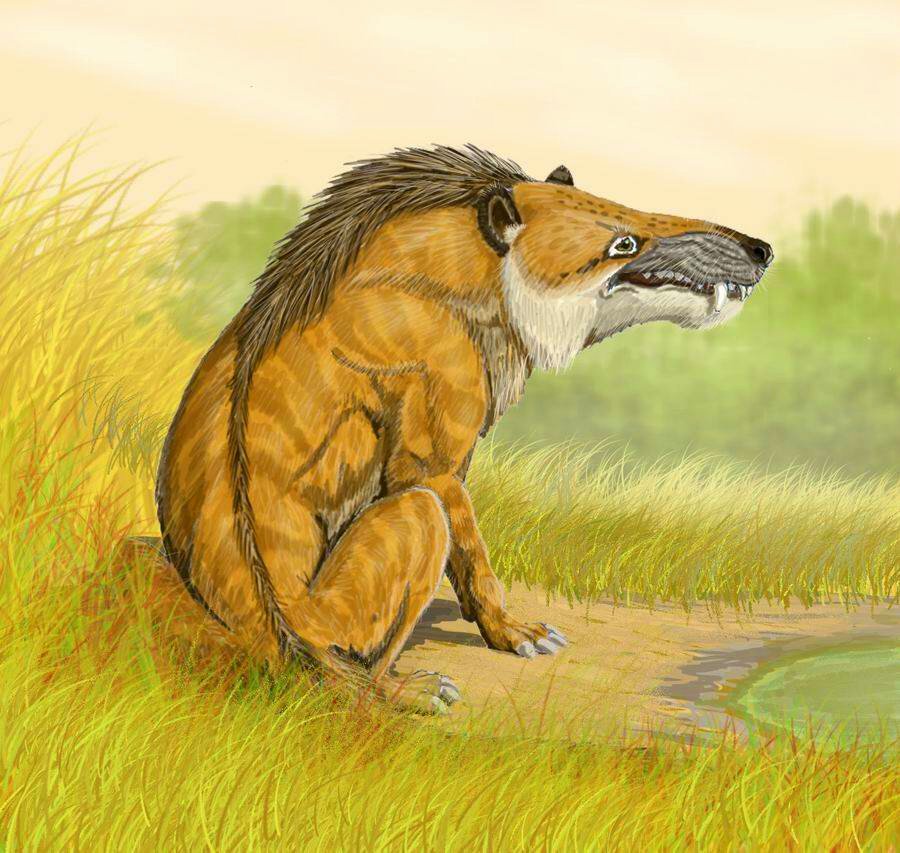
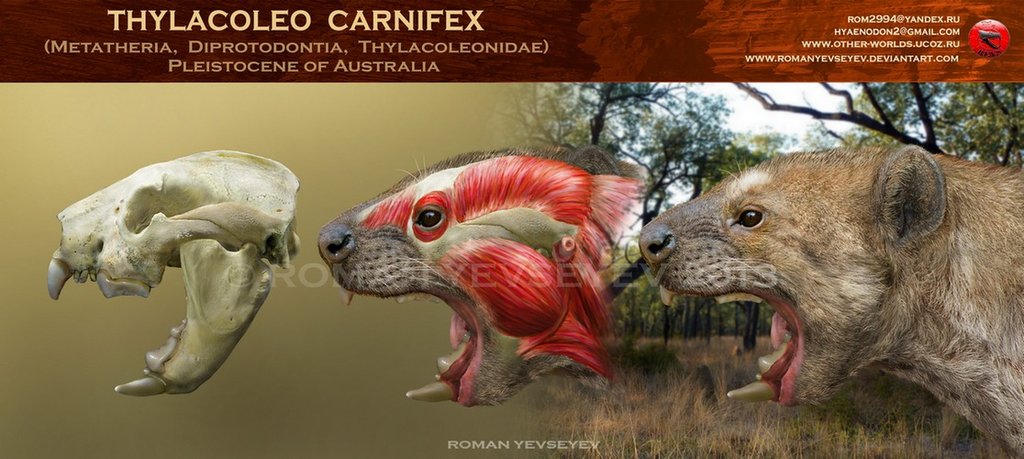
Now the 135kg Thylacoleo has bought a ticket to Inner Mongolia to face off against the (estimated) 810kg Andrewsarchus. Whether that ticket is one-way or round-trip remains to be seen. #2018MMM
While Thylacoleo was top marsupial in Australia, Andrewsarchus was far from the only large meat-eater roaming Inner Mongolia during the mid-Eocene.
Meet the ~800kg Sarkastodon mongoliensis (Roman Uchytel; prehistoric-fauna.com). #2018MMM
Meet the ~800kg Sarkastodon mongoliensis (Roman Uchytel; prehistoric-fauna.com). #2018MMM
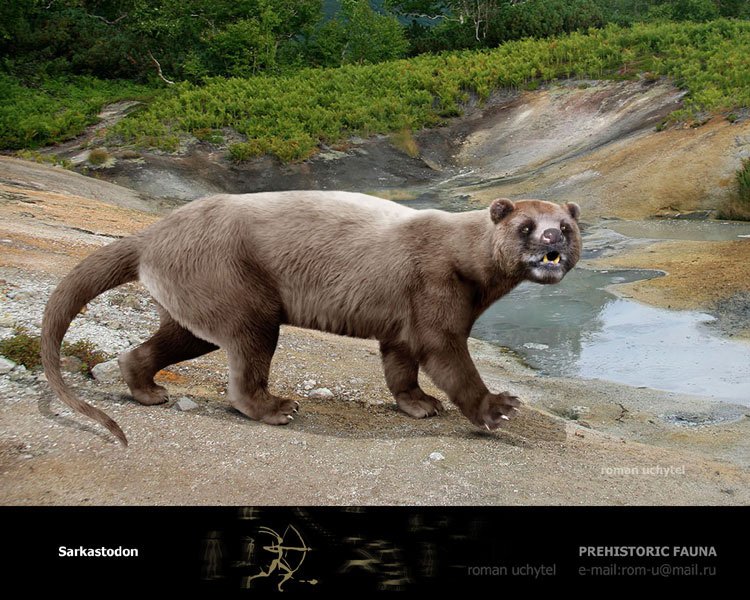
Sarkastodon was a carnivorous species possibly related to mondern-day pangolins (digitallibrary.amnh.org/bitstream/hand…)!
And though they looked like cats, they didn't run around on their toes (digitigrade); they were "flat-footed" (plantigrade), like bears or fosa! #2018MMM
And though they looked like cats, they didn't run around on their toes (digitigrade); they were "flat-footed" (plantigrade), like bears or fosa! #2018MMM
Fun fact: humans (like Kylo or Killmonger) are also plantigrade. Our flat-footed stance might allow us to punch harder. (ht @maryscavenger) unews.utah.edu/flat-footed-fi… #2018MMM
So let's just say that Andrewsarchus might not be too shocked by the presence of a cat-like carnivore in its home territory. No Nuralagus surprise advantage for Thylacoleo! (video: @trashvis) #2018MMM
It's shortly after dusk, and Andrewsarchus is on the trail of something delicious. Someone has made a fresh kill, and if the killer is small enough, Andrewsarchus is ready to take the kill for its own. #2018MMM
Andrewsarchus noses through the brush and comes upon the body of a Metatelmatherium (a rhino-looking horse relative).
The 134kg Meta has huge puncture wounds on the back of its neck
and
it has been disembowled.
australianmuseum.net.au/thylacoleo-car… #2018MMM
The 134kg Meta has huge puncture wounds on the back of its neck
and
it has been disembowled.
australianmuseum.net.au/thylacoleo-car… #2018MMM
A terrifying growl comes from the shadows. This is Thylacoleo's kill, & carnivores are typically unwilling to give up their food, even if (here Andrewsarchus makes its full size known) the thief is enormous. #2018MMM
Andrewsarchus sees the cat-like Thylacoleo. A tiny Sarkastodon? Andrewsarchus bluff charges, certain that the threat of all 810kg of it coming down upon Thylacoleo will make it run. #2018MMM
Thylacoleo lashes out with its disembowling claws, tearing flesh! #2018MMM
Andrewsarchus retreats. Hot blood drips from its snout.
Thylacoleo bears its large, sharp incisors.
Andrewsarchus channels its pain and confusion into rage and charges Thylacoleo, for real this time. #2018MMM
Thylacoleo bears its large, sharp incisors.
Andrewsarchus channels its pain and confusion into rage and charges Thylacoleo, for real this time. #2018MMM
Thylacoleo tries for another slash, but Andrewsarchus isn't stopping.
Thylacoleo jumps back, away from its kill, at the last second!! #2018MMM
Thylacoleo jumps back, away from its kill, at the last second!! #2018MMM
Andrewsarchus opens its mouth wide in a threat display and looms over the kill.
This tiny, weird Sarkastodon needs to take this L, or it might gets its bones crushed, like the Nuralagus. #2018MMM
This tiny, weird Sarkastodon needs to take this L, or it might gets its bones crushed, like the Nuralagus. #2018MMM
Thylacoleo circles, furious, slashing out at Andrewsarchus' rump, drawing more blood. Andrewsarchus follows, attempting to keep its dangerous mouth facing the Thylacoleo.
It won't give up the carcass. #2018MMM
It won't give up the carcass. #2018MMM
Thylacoleo growls again, but it knows when its outclassed. There's plenty of Metas out there to kill; meanwhile, fighting this tank might end with it very injured (researchgate.net/publication/23…).
After a self-soothing lick, Thylacoleo sulks off into the gloom. #2018MMM
After a self-soothing lick, Thylacoleo sulks off into the gloom. #2018MMM
ANDREWSARCHUS DISPLACES THYLACOLEO!!!! #2018MMM
• • •
Missing some Tweet in this thread? You can try to
force a refresh



